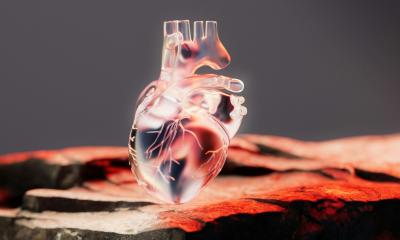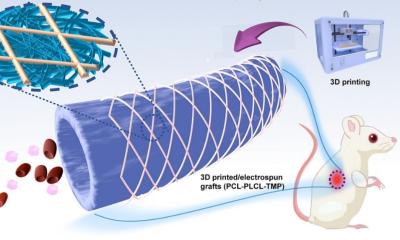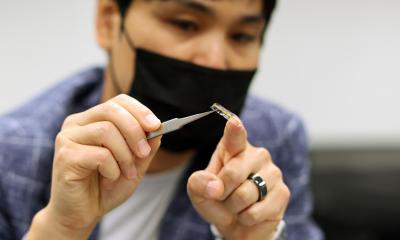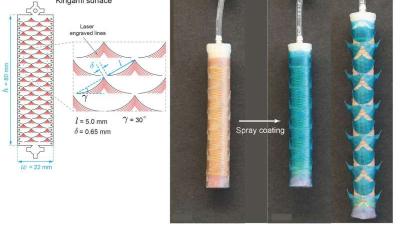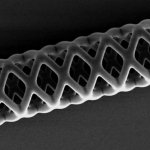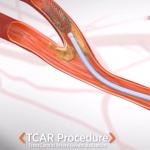
Interview • Abbott cardiovascular
An increasingly dynamic cardiovascular presence
In the world of laboratory diagnostics, ‘Abbott’ is a household name. Few people however are aware of the fact that the company, headquartered in Illinois, USA, is also leading in other fields. A number of innovations in cardiac and vascular diagnostics and therapy might soon put Abbott in the limelight. Dr Angela Germer, Regional Director DACH, and Volker Keller, Head of Marketing DACH,…



